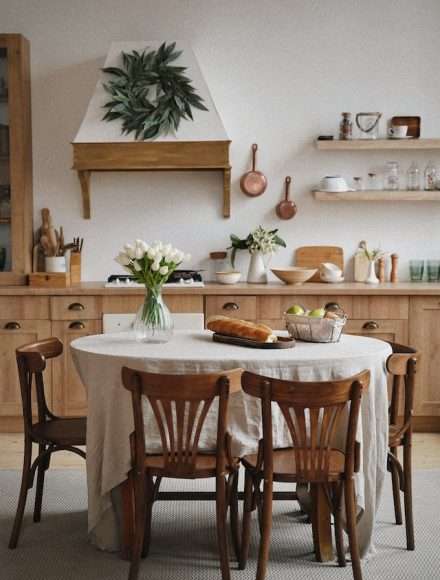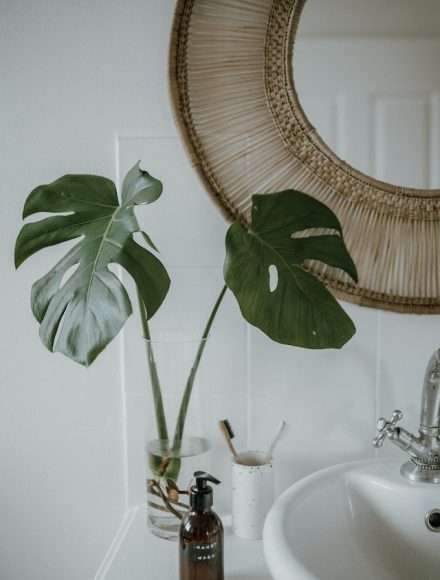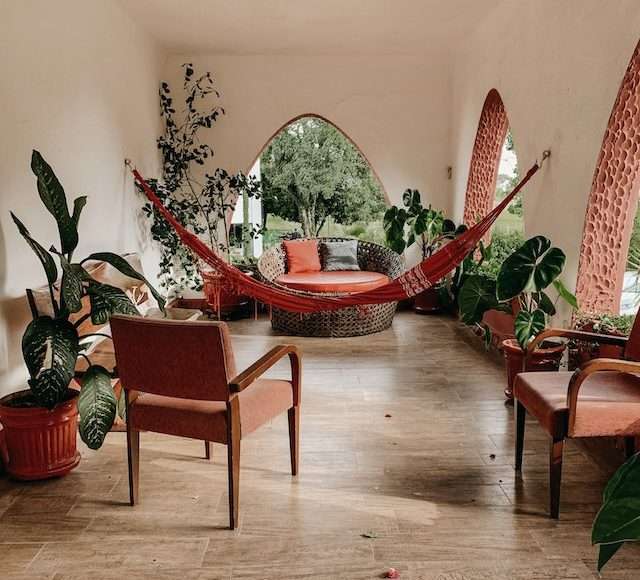Combining Different Textures for Maximum Impact in Your Interior Designs
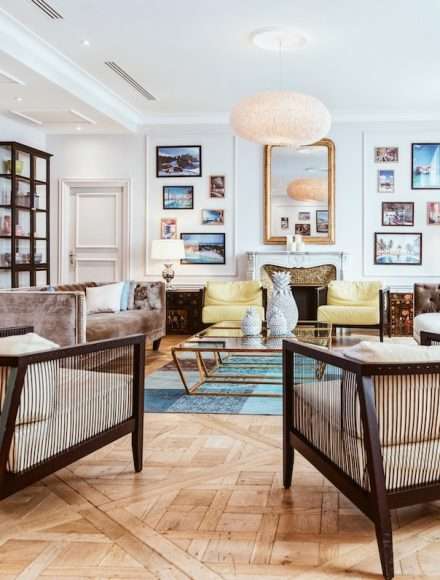
One of the most important aspects of great interior design is creating a luxurious and inviting space. To do this, consider blending different textures within a room, as it adds visual interest and gives your home depth and dimension. From smooth marble surfaces to fluffy pile carpets or burnished metal accents to cosy textiles, there are endless ways to combine different textures for maximum impact in your home’s décor. Read on for helpful tips on using texture artfully in your interiors!
Understanding Different Textures in Interior Design
Interior design can be a great way to express yourself and your style, with textures being an important element. Understanding how different textures interact within a space is essential; smooth surfaces like leather or laminate can create a modern look while adding textured fabrics or rugs can inject warmth and cosiness.
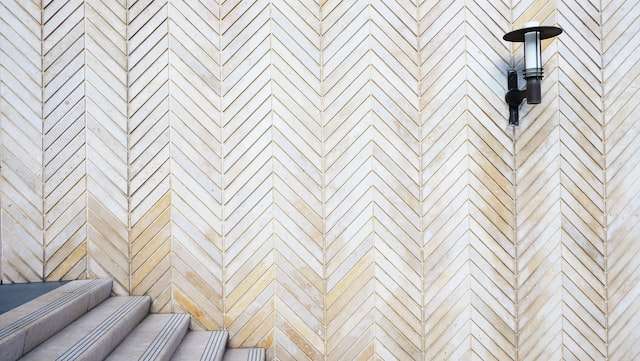
Texture also affects the feeling of a room, such as sound-absorbing materials improving acoustics and making surfaces easier to clean. It’s important to find the right balance between texture on both flooring and wall coverings, as well as for furniture and other elements. Experimenting with texture lets you create an environment that is unique to your tastes and fit for different uses – from stylish dinner parties to relaxed lounging areas.
Exploring Ways to Combine Textures for Maximum Impact
Combining different textures can be an exciting way to create a unique and visually captivating environment. According to interior design experts, pairing contrasting materials such as wool and velvet can provide a dynamic look while still appearing balanced. Incorporating fabrics of various coarsenesses, densities, and weights is another effective way to add dimension.
Different metals like copper, gold, silver, and steel lend interesting texture combinations when combined tastefully. Introducing handcrafted accents such as wall hangings and pottery can be used to give texture and an even more artisanal feel. With a thoughtful combination of various materials, from the smoothness of glass to the roughness of wood, adding texture can give any space a bold statement that will make for an impactful interior display.
Adding Variety to Your Room with Textural Contrasts
Consider adding texture through special highlights if you want to bring a unique personal touch to your room. Textural contrasts can give any room a bit of character and provide the perfect backdrop for displaying artwork, photographs, or meaningful objects.
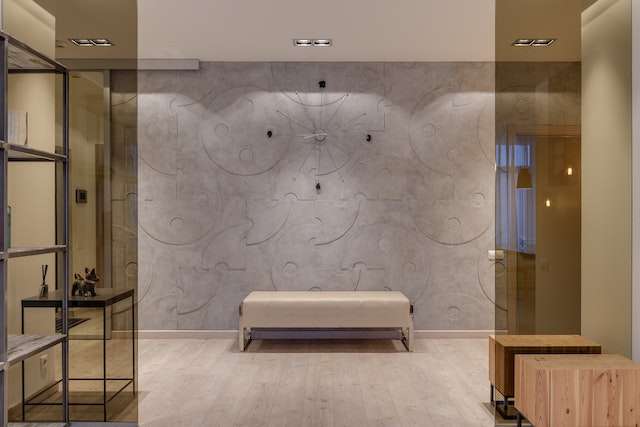
From fuzzy throws to checkered rugs and ceramic burls, there are countless ways to build captivating layers of interest in your interior space. It doesn’t have to be complicated either – ingenuity is key here! Small touches can make all the difference, whether a beautifully patterned floor cushion is next to a glossy enamelled tray or a vintage quilt draped over the back of an upholstered chair. Play around with textures and see what magic unfolds – you won’t regret it.
Creating Visual Interest with Tactile Surfaces
When creating visual appeal and interest, the power of a tactile surface should not be underestimated. One can bring life to any interior with the right combination of textures that give room depth and dimension. Different surfaces such as wood, metal, plastic and fabric can be used together to achieve an attractive visual aesthetic while keeping the overall feel of the space cosy and inviting.
A modern take on this classic element could include textured wallpaper along with tile shapes created in three-dimensional patterns. Adding natural, rough finishes like stone or unpolished marble accentuates lines and mitigates clutter while injecting warmth. As you experiment with different tactual surfaces, pay special attention to lighting; it is essential for exploring how different textures reflect light differently, adding unparalleled touches to any living space.
Why You Should Incorporate Layering in Your Designs
Layering interior designs is a tool that enables homeowners to create pleasing and unique spaces. Adding layers of furnishings, fabrics, artwork, and textures adds visual interest to each room in the house. By layering different elements, you can impart more depth and character to the design. For instance, a living room with colourful pillows arranged on a couch with wall pictures hung above it creates an inviting spot to relax or entertain guests.
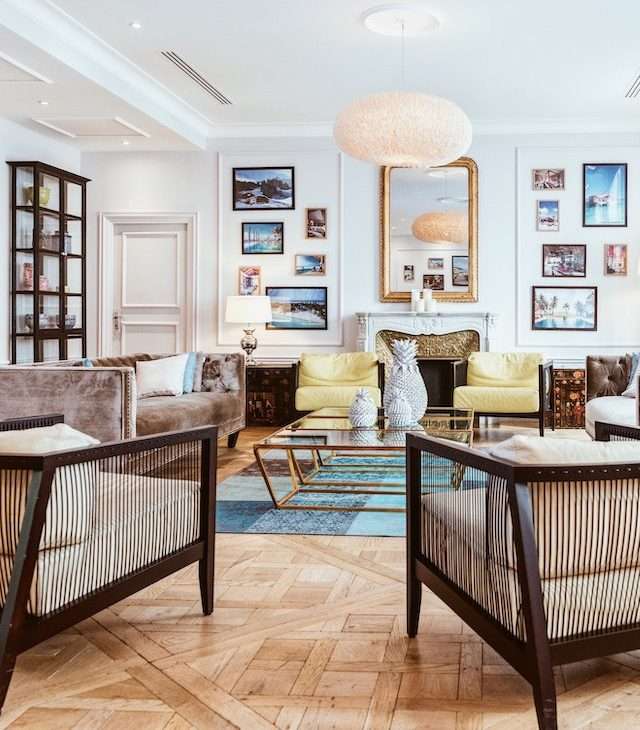
Layering also allows for greater flexibility when changing your interior design, as you can add or subtract pieces without reconstructing large aspects. Ultimately, layering interior designs allows homeowners to create personalized spaces while gaining an attractive look that achieves balance and harmony throughout the home.
Combining Natural and Man-Made Textures
Combining natural and man-made textures can be a fantastic way to achieve a unique and captivating interior design look, especially in the kitchen. You can add elements like wood, stone, and plants, and mix them with modern materials such as metal, glass, and lucite to create a dynamic kitchen interior style. For example, incorporating natural materials for countertops and cabinets and then pairing them with modern appliances and lighting fixtures can create a stunning kitchen design that is both inviting and functional.
For visual appeal, create contrast in colours while rolling out your desired combination. You may opt for contrasting colours such as cool blues paired with bright oranges or softer colours, like pastels combined with bronzes or darker shades. Incorporating various textures adds depth to your space, making it inviting and stimulating. By bringing together natural and artificial elements, you can express your style while obtaining an aesthetically pleasing home.
Special Tips for Small Spaces and Minimal Design
Small spaces and minimal design can be difficult to work with, but the challenge can result in an inspired finished product. Employing a few simple tips may help inspire creative solutions for a smaller space. Some of these helpful hints include focusing on proportion and functionality. For example, select furniture pieces and accessories whose scale properly fits the room dimensions and that are multi-functional when possible.
Additionally, edit what you already have by removing excess items that won’t enhance your minimalist space as well as clutter it up. Focusing on natural elements by introducing airy fabrics and other materials will also highlight your main decorating focus allowing the eye to move freely throughout the room. Applying restraint in colour selection will be essential for creating an inviting yet uncluttered atmosphere in small spaces.
Using Texture Diversity to Emphasize a Focal Point
Texture diversity is an incredibly powerful tool in interior design that can be used to create visually stunning designs. Incorporating different textures throughout a room helps to draw attention to a particular focal point. Choosing the right textural elements and contrasting them with sleek, neutral components will help ensure your focal point stands out.
Placing tactile materials such as rugs, cushions and throws in strategic places creates a sense of softness and luxury, drawing the eye towards the desired area. Similarly, metallic surfaces, polished woods and ceramic accents can add an intriguing sparkle or shine to any room. Using texture diversity, you can create an artistic display that turns your house into a work of art!
Types of Popular Soft Furnishings and Upholstery Fabrics
Soft furnishings and upholstery fabrics have both decorative and functional purposes. Many people turn to them to make a space more comfortable and inviting while also helping to absorb sound. Popular upholstery fabrics vary widely in texture, weight, sheen, durability, and cost.
Texturized natural fibres such as linen or silk lend their airy softness without too much of a price tag, while heavier wool fabrics can combine texture and strength for anyone with more active use in mind. For those wanting less expensive options yet softer textures, microfibers offer the ultimate comfort level. With its wide variety of colours and patterns, microfiber has become one of the most popular choices today for upholstered seating and other furnishings.
Bringing High-End Designer Style Into Your Home
Bringing high-end designer style into your home does not have to be cost-prohibitive or complicated. To create a more sophisticated and modern feel in your space, start by decluttering and sifting through pieces you already own that can be elevated with simple touches. Make sure to add well-chosen accents and accessories such as colourful pillows to sofas and bedding, rugs that ground the room, throw blankets for added warmth, meaningful artwork and wall hangings, and unexpected lighting fixtures attractive and functional.
Also, think about adding a few glamorous finishes, such as brass or silver hardware for kitchen cabinets, mirrors for more light reflection, marble countertops in a bathroom, or an heirloom piece in an entryway. With just a few carefully curated touches like these, you can transform any room with designer style without breaking the bank.
Conclusion
By understanding how different textures can play off each other, you can create impactful and stylish looks. Use these tips to upgrade your interior design game and take your rooms to the next level. With a little bit of planning, you can create stunning, unique, and inviting spaces.
